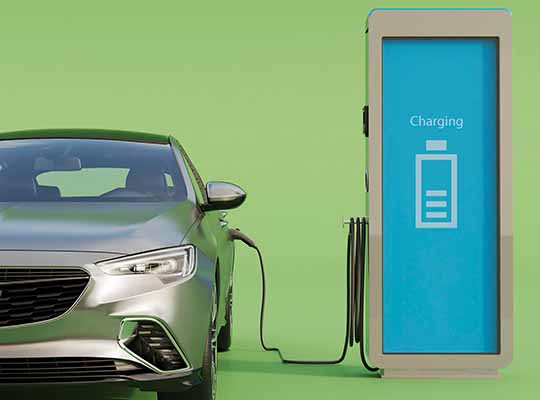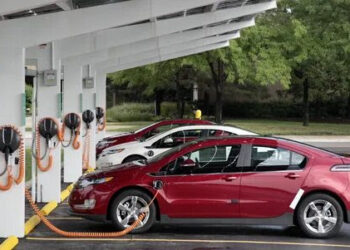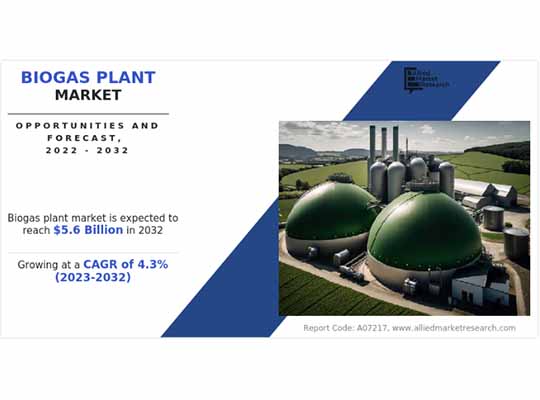Buckle up, America. The electric vehicle (EV) revolution is gaining momentum, and the USA EV and EV charging equipment market is poised for an electrifying journey. Ken Research’s “USA EV and EV Charging Equipment Market” report predicts a staggering 74.7% CAGR, propelling the market size to a colossal $1 trillion by 2026. This press release unveils the key drivers, challenges, and exciting prospects shaping this transformative landscape.
Market Overview: Shifting Gears towards Sustainability and Innovation
Beyond simply offering cleaner transportation options, the US EV and EV charging market plays a crucial role in reducing carbon emissions, combating climate change, and fostering energy independence. In 2022, the market reached a size of $115 billion, and it’s on track for exponential growth, driven by:
- Government Policies: Stringent emission regulations, tax incentives, and infrastructure investments are accelerating EV adoption.
- Falling Battery Costs: Advancements in battery technology are making EVs more affordable and accessible.
- Growing Environmental Awareness: Consumers are increasingly prioritizing sustainability, driving demand for EVs.
- Expanding Charging Infrastructure: The rapid deployment of charging stations is mitigating range anxiety and boosting consumer confidence.
Market Segmentation: Diverse Needs, Tailored Solutions
The report delves into the diverse segments of the US EV and EV charging market, offering a comprehensive view:
- EV Types: Passenger cars dominate the market (80%), followed by light commercial vehicles (15%) and heavy-duty vehicles (5%). The demand for all segments is expected to rise.
- Charging Solutions: Level 2 chargers hold the largest share (60%), followed by DC fast chargers (25%) and Level 1 home chargers (15%). The mix is expected to shift towards faster charging solutions.
- End-User Industry: Personal use leads the demand (70%), followed by commercial fleets (20%) and government agencies (10%). Public charging infrastructure is crucial for all segments.
Competitive Landscape: Global Giants & Local Innovators Lead the Charge
The market features a blend of established global players, regional leaders, and innovative startups:
- Global Leaders: Tesla, Volkswagen, and Ford are major players in the EV segment, while ABB, Siemens, and Charge Point dominate the charging equipment market.
- Regional Champions: Rivian and Lucid Motors are making waves in the luxury EV segment, while EVgo and Blink Charging are expanding their charging networks.
- Emerging Challengers: Innovative startups like NIO and Faraday Future are entering the market with unique offerings and disruptive technologies.
Challenges: Navigating the Roadblocks to Electrification
Despite the promising outlook, some challenges need to be addressed:
- High upfront cost of EVs: While battery costs are decreasing, EVs remain more expensive than gasoline-powered vehicles for some consumers.
- Limited charging infrastructure: Range anxiety remains a concern, especially in rural areas and long-distance travel scenarios.
- Grid integration challenges: Integrating a growing number of EVs into the grid requires robust infrastructure and smart charging solutions.
- Supply chain disruptions: Shortages of critical materials and semiconductors can impact EV and charging equipment production.
Future Outlook: A Brighter Horizon Powered by Innovation & Collaboration
The US EV and EV charging market is poised for continued growth, driven by several exciting factors:
- Technological Advancements: Advancements in battery technology, autonomous driving, and connected car technologies will further improve EV performance and appeal.
- Focus on Sustainability: Continued investments in renewable energy and green manufacturing practices will make EVs even more environmentally friendly.
- Public-Private Partnerships: Collaboration between government agencies, utilities, and private companies will accelerate charging infrastructure deployment.
- Improved Consumer Awareness: Educational campaigns and targeted incentives will address range anxiety and encourage wider EV adoption.
Key Takeaways for Stakeholders:
This report offers valuable insights for various stakeholders in the US EV and EV charging market, including:
- EV Manufacturers: Focusing on improving affordability, range, and charging speed, while investing in innovative technologies and expanding partnerships.
- Charging Equipment Providers: Addressing infrastructure gaps, developing faster charging solutions, and collaborating with utilities and grid operators.
- Investors: Assessing investment opportunities in promising segments like charging infrastructure, battery technology, and innovative EV startups.
- Policymakers: Formulating policies that incentivize EV adoption, invest in charging infrastructure, and promote grid modernization.
- Consumers: Gaining insights into the diverse range of EVs and charging options available, making informed choices based on their needs, and contributing to a cleaner and more sustainable future.
Conclusion: Electrifying a Sustainable and Accessible Future
The USA EV and EV charging market stands on the precipice of an electrifying transformation, driven by a confluence of environmental concerns, technological advancements, and government support. By overcoming challenges like affordability, infrastructure gaps, and grid integration, the sector can unlock its full potential, paving the way for a cleaner, more sustainable future for transportation. This transformation will not only benefit businesses and investors but also empower American citizens to embrace new, eco-friendly modes of transportation, ultimately leading to a greener and more sustainable nation. Navigating these opportunities and overcoming challenges will determine whether the USA can truly solidify its position as a global leader in the EV revolution, leaving a lasting legacy for generations to come.
Taxonomy
USA EV Market Segmentation
By Type of EV
2-Wheeler
4-Wheeler
By End-Use
Private use
Commercial Use
By 2-Wheeler Type
E-Scooter
E-Motorcycle
By Technology
Removable Battery
Non-Removable Battery
By Battery Type
Lead Acid
Lithium Ion
By Battery Capacity
25 Ah
By Voltage Type
24V
36V
48V
60V
72V
By Vehicle Class of EV
Low-Priced (< $50,000)
Mid-Priced ($50,000-$1,00,000)
Luxury (> $1,00,000)
By EV Propulsion
BEV – Battery Electric Vehicle
PHEV – Plug-In Hybrid Electric Vehicle
HEV – Hybrid Electric Vehicle
USA EV Charging Equipment Market Segmentation
By Type of Charger
Fast Charger (DC)
Slow Charger (AC)
By Application
4-Wheelers
2-Wheelers
By Distribution Channels
Direct Sales
Distribution (Wholesale)
Others
By Source of Manufacturing
Imported
Domestic Manufacture
Domestic Assembly
By Type of Application
Home Charging
Private Charging Stations
Public Charging Stations
Portable Chargers
By Major Regions
North-East
South-West
West
South-East
Mid-West













